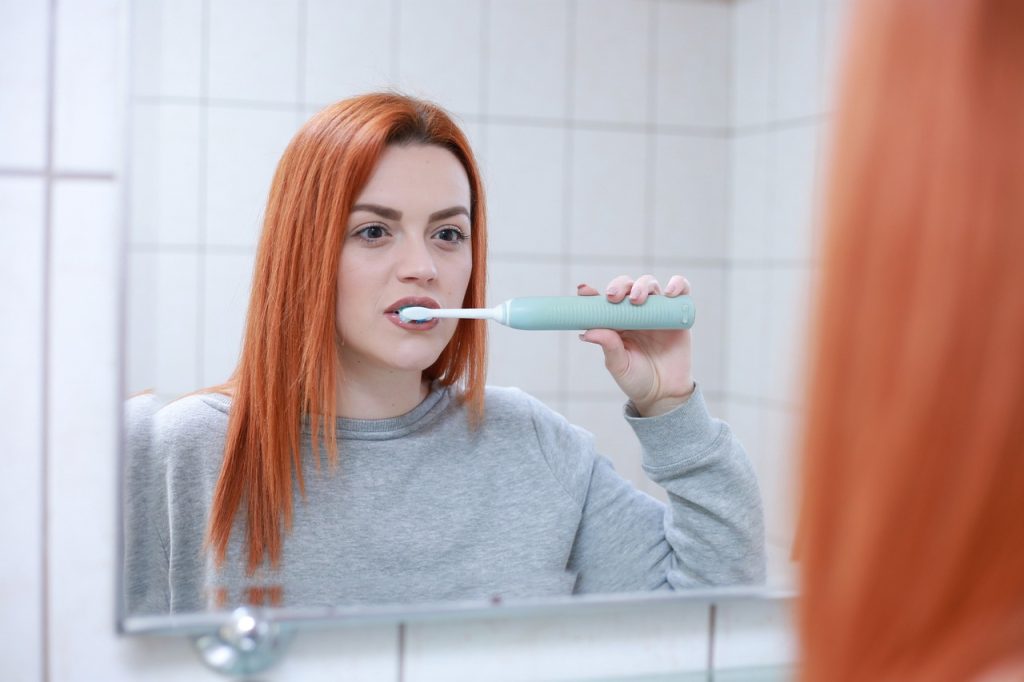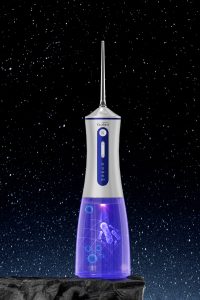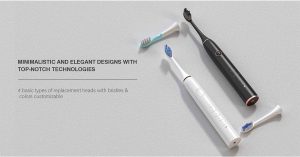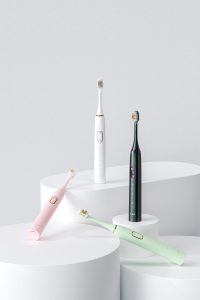Dental plaque is a common oral health issue that, if not properly managed, can lead to serious conditions such as dental caries, periodontitis, and dental calculus. As a leading B2B manufacturer of dental care products, we understand the importance of effective plaque removal. In this blog, we’ll compare the cleaning power of electric toothbrushes with manual toothbrushes, highlighting how electric toothbrushes can help combat plaque and prevent these oral health problems.
1. The Science Behind Plaque Formation
Dental plaque is a sticky biofilm of bacteria that forms on teeth and gums. If not removed regularly, it can harden into dental calculus (tartar), which is much more difficult to eliminate. Plaque is the primary cause of dental caries (tooth decay) and periodontitis (gum disease), cleaning dental plaque a critical part of any oral care routine. Both electric and manual toothbrushes aim to remove plaque, but their effectiveness varies significantly.
2. Electric Toothbrushes: Superior Plaque Removal
Electric toothbrushes are designed to provide a deeper and more thorough clean compared to manual toothbrushes. Their advanced motor technology generates thousands of brush strokes per minute, effectively dislodging plaque from the tooth surface and along the gumline. Studies have shown that electric toothbrushes can remove up to 100% more plaque than manual brushes, significantly reducing the risk of dental caries and periodontitis.
3. Manual Toothbrushes: Limitations in Plaque Removal
While manual toothbrushes can effectively clean teeth when used correctly, their performance heavily depends on the user’s technique and consistency. Many people struggle to brush for the recommended two minutes or apply too much pressure, which can lead to uneven cleaning and missed spots. This inconsistency allows plaque to accumulate, increasing the risk of dental calculus and other oral health issues.
4. The Role of Plaque Disclosing Agents
To understand the effectiveness of electric and manual toothbrushes, plaque disclosing agents can be used. These agents temporarily stain plaque, making it visible to the naked eye. When used after brushing, they reveal areas where plaque remains. Studies using plaque disclosing agents have consistently shown that electric toothbrushes leave significantly less plaque behind compared to manual brushes, especially in hard-to-reach areas like the back molars and along the gumline.
5. Preventing Dental Caries and Periodontitis
The superior cleaning power of electric toothbrushes plays a crucial role in preventing dental caries and periodontitis. By effectively removing plaque, electric toothbrushes reduce the bacterial load in the mouth, minimizing the risk of tooth decay and gum inflammation. Additionally, many electric toothbrushes come with pressure sensors that prevent over-brushing, which can damage enamel and gums, further protecting oral health.
6. Reducing Dental Calculus Formation
One of the most challenging aspects of plaque management is preventing its transformation into dental calculus. Once plaque hardens into calculus, it can only be removed by a dental professional. Electric toothbrushes, with their high-frequency vibrations and consistent cleaning action, are more effective at disrupting plaque before it hardens. This reduces the likelihood of calculus formation and the need for professional scaling.
Conclusion
When it comes to combating dental plaque, electric toothbrushes clearly outperform manual toothbrushes. Their advanced technology ensures a deeper clean, reducing the risk of dental caries, periodontitis, and dental calculus. By incorporating tools like plaque disclosing agents, users can visually confirm the effectiveness of their brushing routine. As a trusted B2B manufacturer, we are committed to providing high-quality electric toothbrushes that promote optimal oral health. Choose an electric toothbrush for a cleaner, healthier smile and take the first step toward preventing plaque-related oral health issues.
https://www.powsmart.com/about-powsmart/




